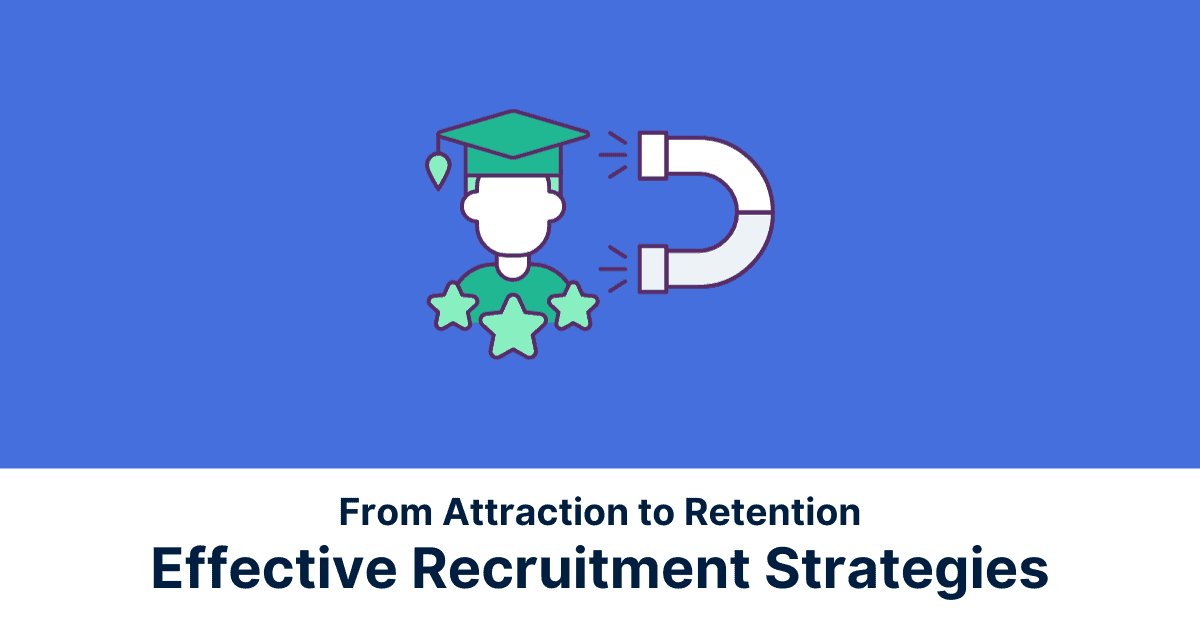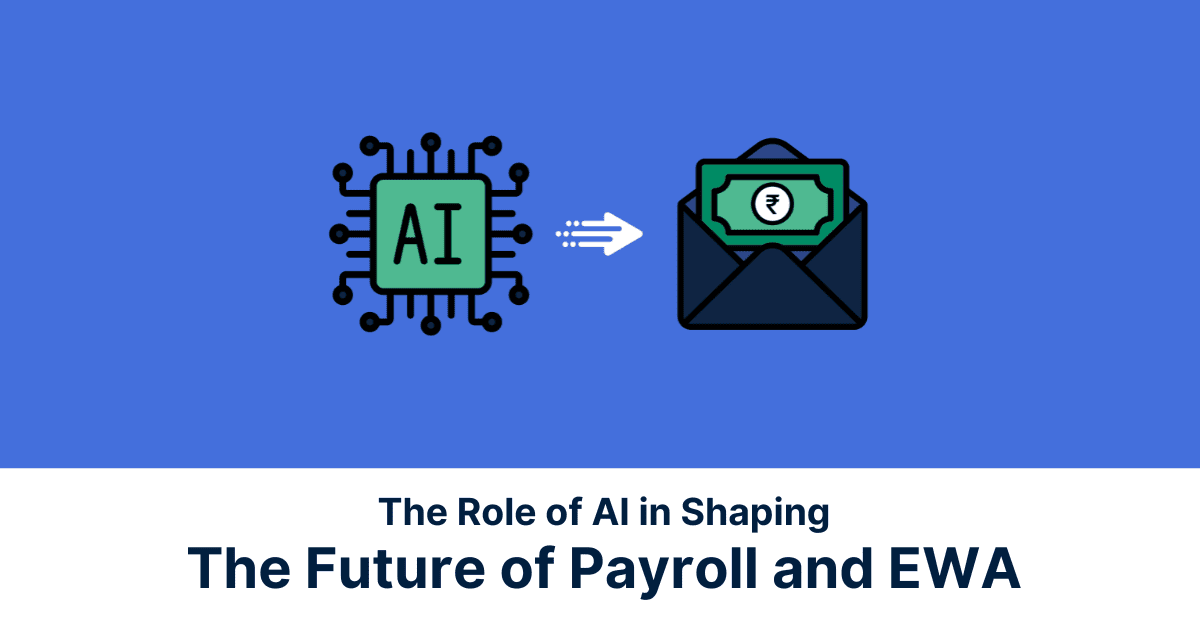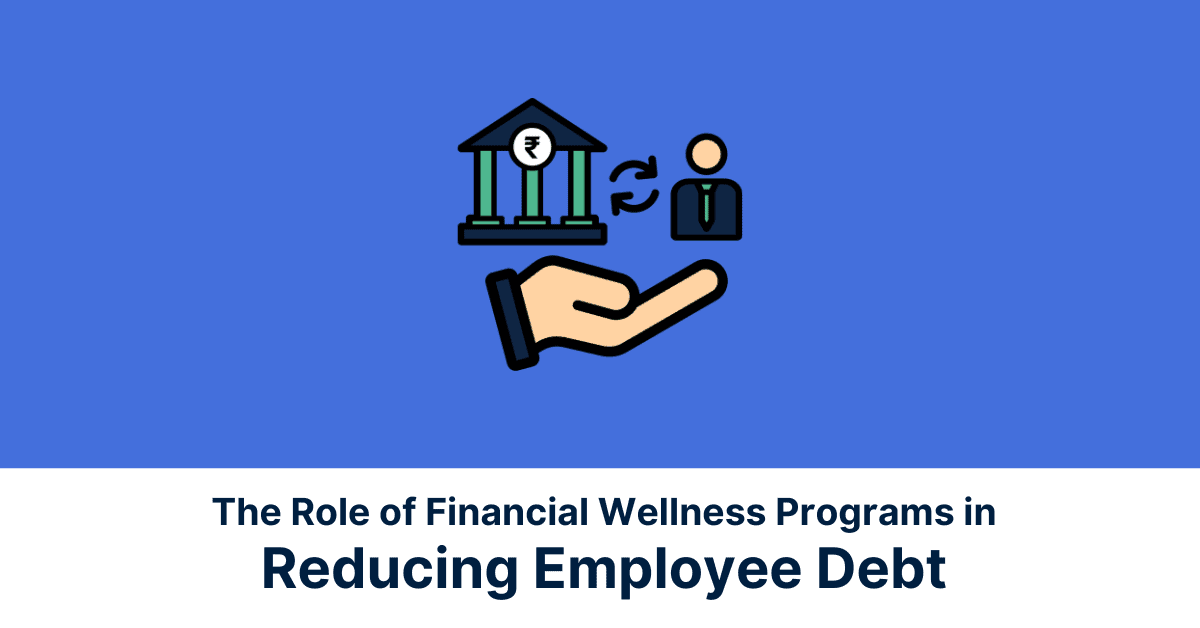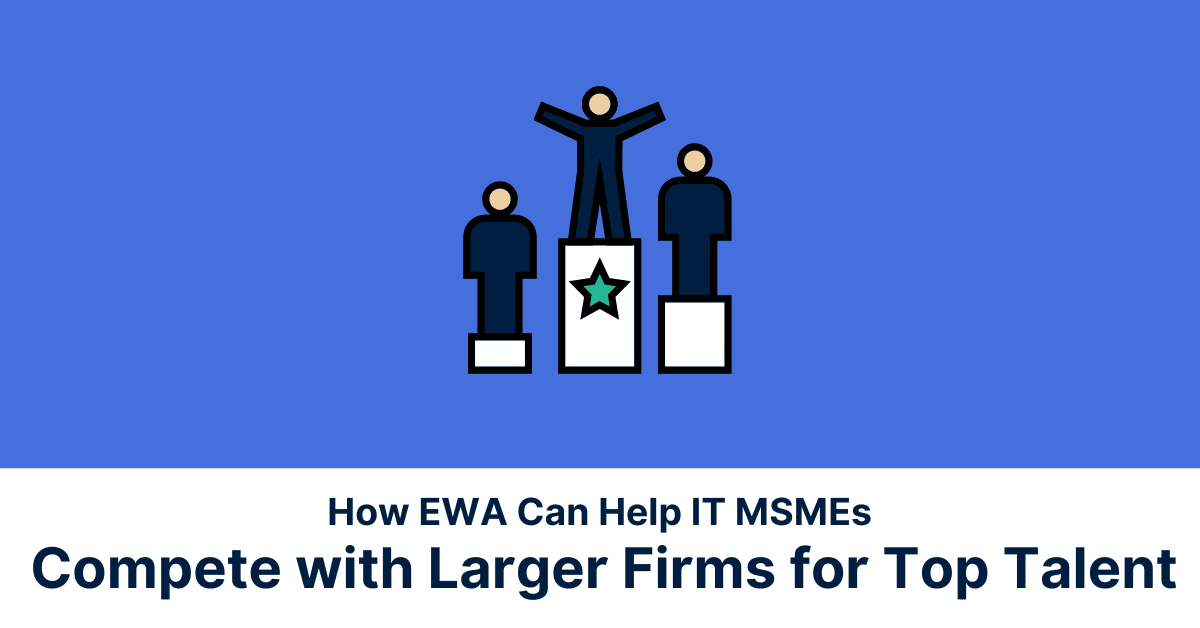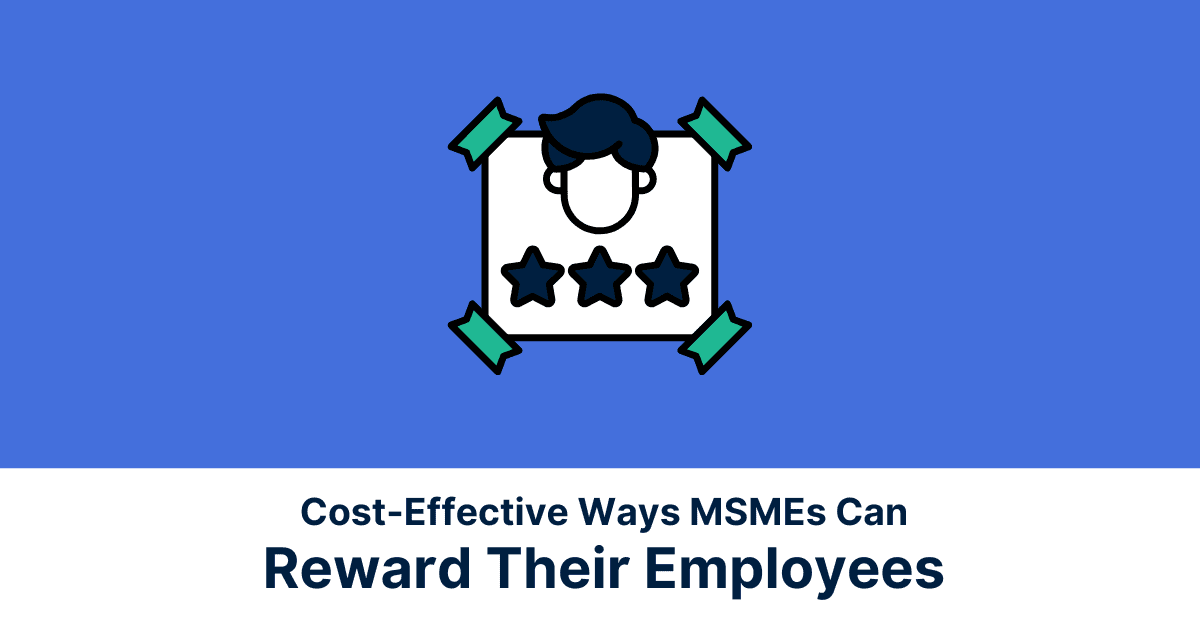There is a lot of talk about recruitment, and there are countless quotes about how to attract and keep talented employees. In a world brimming with many opportunities, attracting and retaining talented employees, building a team is no longer constrained by geographical boundaries or prior experience.
Attracting and retaining employees is vital for the success of an organisation. In this article, you will learn some of the most effective recruitment strategies to attract and retain talent.
1. Write clear and concise job descriptions
A job description goes beyond merely outlining employee responsibilities; it serves as a first impression to the job seeker about your organisation. Moreover, a compelling job description should contain not only skills, tasks, expectations, and role requirements but also convey the essence of your company culture to the reader.
Make sure that your job description is free of jargon and clichés, it must be easy to read and understand. Keep in mind to tailor the job posting as per the specific audience you’re trying to reach.
Highlight the benefits of working for your company, and be clear about the role’s responsibilities and requirements. Mentioning the benefits of working for your company can further nudge top talent to consider the job. Lastly, be sure to include a clear call to action so that applicants know how to apply.
2. Create an unforgettable onboarding process
The onboarding process sets the stage for the rest of an employee’s journey at your company. Will they be gradually integrated into your organisation and given the training, resources, and information they need to succeed? Or will they be handed a project after a week of introductory meetings without any context or support?
To make your company known as a great place to start working, start by planning an onboarding process that lasts the entire first year of an employee’s employment, or even longer. The first few weeks will be the most intensive, but there should be elements that continue for much longer, such as formal coaching relationships and regular training updates.
Throughout the onboarding process, communicate clearly what is expected of the employee and establish channels for asking questions or providing feedback whenever needed. Evaluate your onboarding process regularly and don’t hesitate to make requested changes. Otherwise, your company risks alienating a large portion of the talent it has worked hard to attract.
3. Comprehend the reasons behind employees leaving
Don’t always rely on numbers, gain insights on why your employees are leaving.
Performing exit interviews might appear overwhelming, especially when you’re already busy recruiting for the next position.
However, reconsider this perspective: these interviews offer valuable insights into the reasons why employees are leaving.
This data can be instrumental in gauging your organisation’s competitiveness in the job market, and understanding which companies or sectors are attracting your talent.
By embracing exit interviews as a part of your offboarding process, you not only gain a better understanding of your internal challenges but also obtain knowledge that can be used to improve employee retention programs and strategies.
4. Put culture first
Establish your company culture and then nurture it. Your culture is the environment that your employees operate in daily, it affects every area of their work. Creating a positive work environment starts with good leadership. Make sure your managers are trained to motivate and inspire their teams.
Likewise, cultural fit also matters. If a team member doesn’t fit in with your company’s culture, they’ll have trouble performing at their best, may cause conflict on their team, and are likely to leave sooner rather than later.
That’s why it’s so important to prioritise cultural fit as much as skills or experience when hiring. Consider culture at every stage of the recruitment process, from writing the job description to interviewing candidates to onboarding and beyond. By clearly communicating the type of candidate you’re looking for, you’ll encourage applicants and interviewees to be honest in return.
5. Offer a competitive salary and benefits package
While you have legal obligations to provide certain employee benefits, it’s crucial to go beyond these basics. Developing a comprehensive benefits package is vital for attracting top talent.
Employee benefits play a significant role in enhancing your employees’ health, overall well-being, job satisfaction, and productivity. It’s not just about salary compensation, potential candidates evaluate companies based on the benefit programs they have for employees.
On-demand Salary or Salary Advance, is a benefit employers can offer; to let employees access their earned wages on demand, before payday. It can help employees meet financial emergencies and avoid predatory loans. This benefit serves as a great retention tool for companies as it provides timely financial aid to employees.
Retirement plans, and paid time off can also be significant incentives for potential employees. Consider offering unique benefits, such as wellness programs, on-demand salary or flexible work arrangements, to attract talented employees. In the long-run, this will serve as a great employee retention strategy.
6. Recognise and appreciate
Expressing gratitude is a highly impactful strategy for retaining employees. Acknowledging their efforts, be it through a personal note, a bonus, or public recognition during a company gathering, shows that their hard work is valued and recognised.
This simple gesture holds immense power in fostering a sense of belonging and job satisfaction among employees. When individuals feel appreciated, they are more likely to remain engaged, motivated, and loyal to their roles within the organisation, enhancing overall employee retention rates.
7. Provide opportunities to hone skills
It is important to provide employees the chance of a career, not a job. Once a person is hired, make sure they have a clear path for growth and advancement. Although, in the short term you will incur cost by investing in training and development programs; it will pay back with more effective, productive employees who are more likely to stay with you.
A few ways to foster career development for your employees:
- Offer training courses
- Create mentorship programs
- Give assignments
- Discuss progress and set goals
It’s imperative for each employee to have their own career development plan that is unique to their strengths and interests.
8. Maintain transparency and communicate openly
Maintaining transparency and open communication involves sharing details about the company’s objectives, goals, and revenue achievements. It also entails offering employees regular feedback and opportunities to contribute their opinions on decisions.
When employees feel well-informed and included, they are more inclined to remain with the company for an extended period.
This, in turn, leads to higher job satisfaction and paves way for increased retention rates. Open communication helps building a motivated, engaged, and enduring workforce, essential for the long-term success of any company. Thus, a culture of transparency, trust, and mutual respect between employers and employees.
9. Allow flexibility
If you’re committed to reducing employee turnover, implementing flexible work arrangements will have a positive impact. Studies show that employees hunt for jobs that have convenient working arrangements.
Surveying your employees can help you come up with answers and solutions for work flexibility. This can also aid in gathering employee retention ideas. Moreover, flexible working employees have been found to be more productive and working towards a flexible work model should be on your company’s agenda.
The tech era has made tracking and managing flexible work easy. There are a number of HR tech software that cater to tracking employee work output.
10. Have referral programs
Your employees are your best advocates. Treat them well and you’ll be rewarded, especially when it comes to hiring. Speed up the hiring process and save money on recruitment fees by rewarding employees who refer new candidates to your company.
This will also make the hiring process more personal and efficient.
To ensure that your referral program is effective, be sure to include clear rules, such as:
- Paying the referral bonus only after a new employee has completed their probation period
- Limiting the number of employees that one employee can refer within a set time period
- Prohibiting referrals of family members
It doesn’t stop with attracting talent
We need to recognise that employees are not just on the lookout for jobs but are seeking meaningful careers. Organisations must have recruitment strategies where they invest in detailed onboarding processes, financial literacy programs, mentorship programs, and skill-enhancing initiatives.
When you invest in your employees, you create a talented and motivated workforce that will drive your company forward. You also make a positive impact on some of the brightest minds in the industry.
Come rain or shine, no matter what the market, industry, or economy does, companies with satisfied employees will always thrive. Thus, attracting and retaining talented employees becomes less cumbersome.
*Disclaimer:
The information contained herein is not intended to be a source of advice concerning the material presented, and the information contained in this article does not constitute investment advice. The ideas presented in the article should not be used without first assessing your financial situation or without consulting a financial professional.
